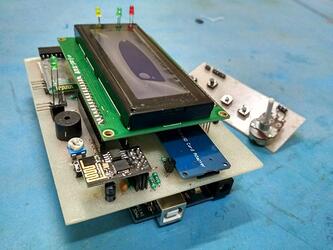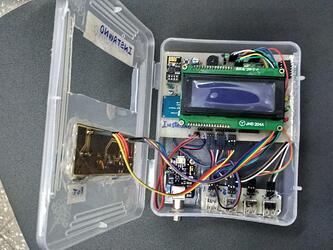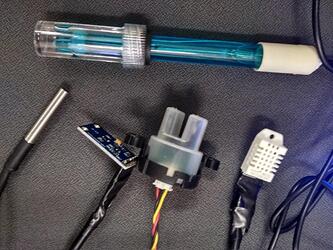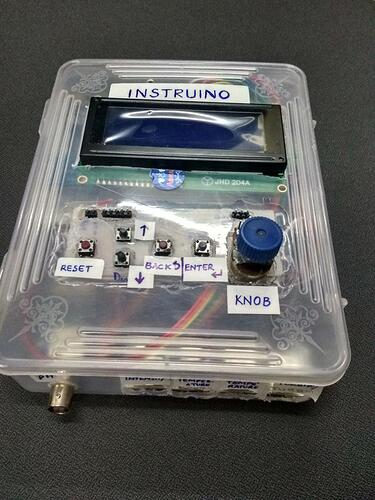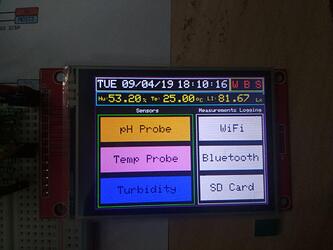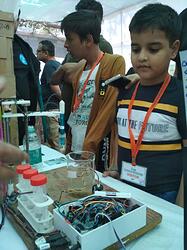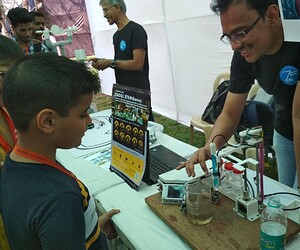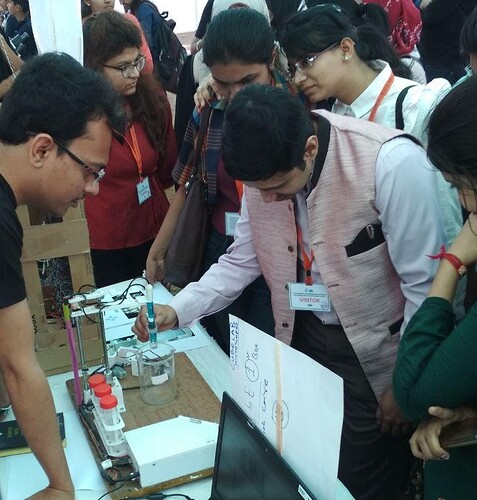How about making your own Lab Instruments, which will save you money, make you learn and have lots of fun.
Making Lab Instruments is not so difficult in the era of Making/DIY Culture, but it is indeed so essential to get affordable lab instruments as it becomes paramount for the execution of experiments, it helps you to collect data and generate knowledge.
Building lab Instrument also enables one to understand the working principle, technology and method used in it.
There are several communities working on various open source lab instruments such as DIY Incubators, Open PCR, DIY Microscopy, DIY Spectroscopy and etc.
We have also build one named Instruino
Instruino is a simple device which enables you to measure and calibrate pH, turbidity and temperature of liquid. It is an IoT device which let you to log data over the internet in order to share in real-time ,visualize and analyse the measured data, one can also log data into SD card and also in mobile phone over bluetooth.
Below are few images of building of Instruino_v1.
Shield for interfacing LCD, Wi-Fi, Bluetooth, SD card etc has been designed for Arduino Mega.
A box enclosure accommodating shield on Arduino mega, USB Connector Interface board for interfacing sensors, user interface board with buttons, potentiometer and LCD.
Sensors for pH, Temeprature probe, Humidity, and Turbidity.
Final Instruino_v1
In second iteration of it that is Instruino_v2 we made it completely portable and ready to use platform with on board standard pH buffers for calibration, sample beaker, color touch screen for simple and easy user interface, check out this.
So guys the challenge is to make your own lab instruments which can measure and calibrate pH, temperature, turbidity, humidity, oxygen, Co2 etc and helps in establishing a small biology/chemistry experimentation setup around your home/school lab/community lab to enable yourself/students/citizen scientist/community members to Observe, Record, Test, analyze and draw conclusion regarding observatory (ORTAD) via your computational device.
You can start with one or two parameters as per your need and gradually adds other required parameters.
Simply initiate with measuring the sensor value and calibrating it for useful values, then move on towards repeat ability of measured values, once comfortable with this try to add communication and data logging modules such as Wi-Fi, Bluetooth, SD card etc thus making your instrument an IoT and Data Logging enabled.
Share your buid in progress with us.
Feel free to seek any help on this thread.
Some of the references to start your journey of making you own Lab Instruments:

